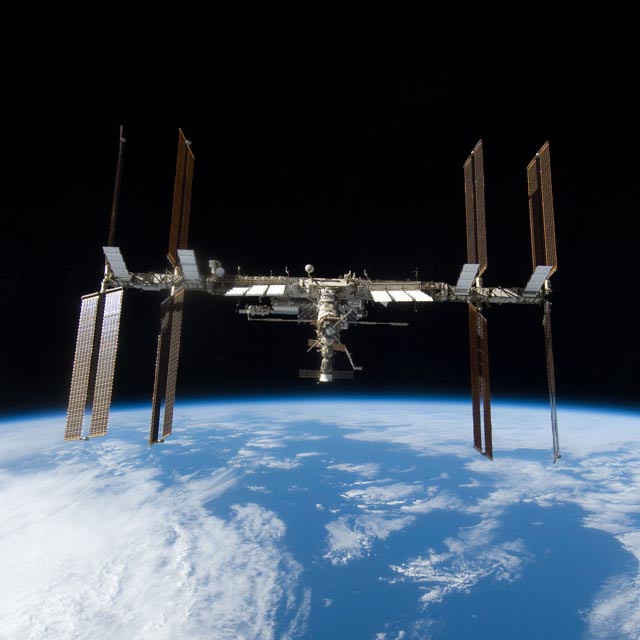Dr. Mark Whorton: The Future of Earth Imaging
The ISS is an outstanding platform for earth observation that benefits science and business
In his 20 years at NASA, Dr. Mark Whorton had the opportunity to work with some of the best scientists and engineers in the world. One of his first projects was a vibration isolation mechanism for satellite instruments to let them gather clear, precise measurements. Fast forward to the present, and that concept is still relevant. Now Chief Technology Officer at Teledyne Brown Engineering, Mark led the development of MUSES (Multi User System for Earth Sensing), a sophisticated pointing platform to be mounted on the International Space Station and built to accommodate a variety of sensors and imagers. When you’re perched on a 450-tonne structure larger than a football field, travelling 17000 miles per hour at an altitude of 270 miles, and your task is to take crisp images of the planet below you, precise aim and vibration isolation are pretty important.
In this interview, Mark explains what drives the demand for earth observation, the unique challenges imaging from space , and the benefits to be gained from tools such as MUSES.




